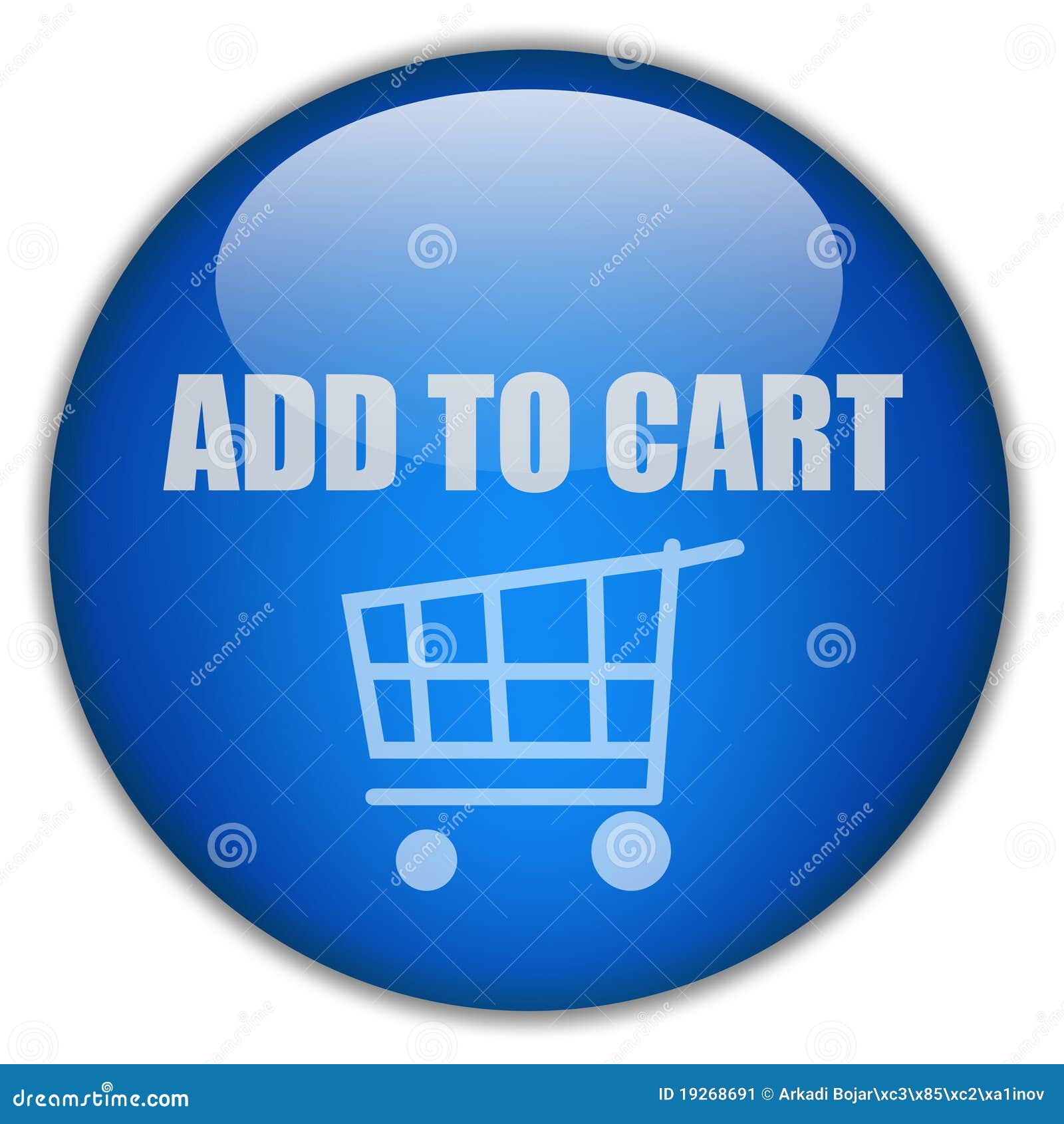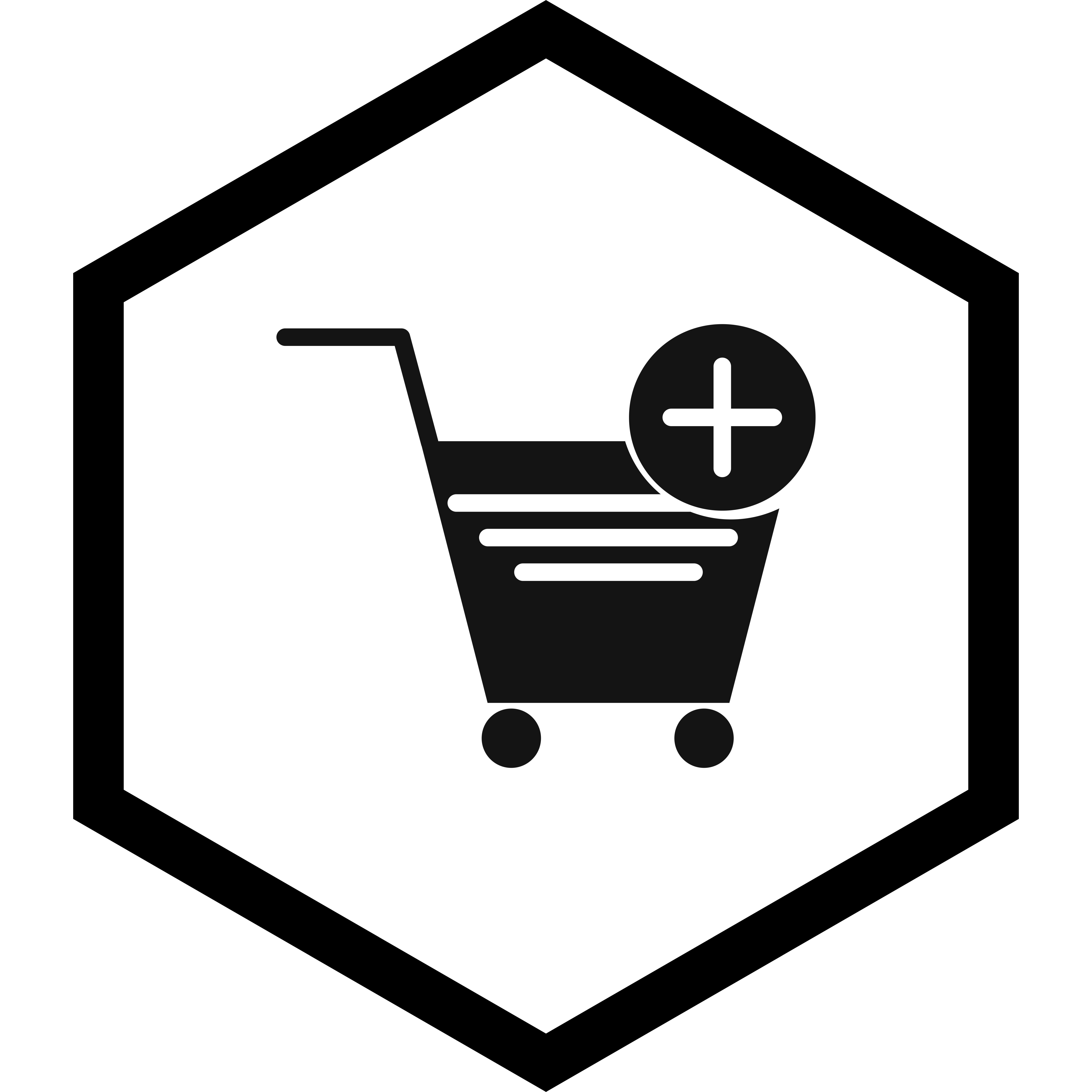

- Add to cart how to#
- Add to cart free#
Including security seals can help mitigate this distrust. Security seals – Customers are often mistrustful of new brands.Testimonials – Also include a section of more in-depth customer reviews below the main product images and description.Something like a star rating with a link to more in-depth reviews always works well. Product review summaries and star ratings – Provide “meta” information about reviews at the top of the page.Include the following elements on your pages wherever appropriate:
Add to cart how to#
You should know how to dispel fears, uncertainties and doubts on product pages. By including trust-building elements on your product pages (and on mobile product detail pages) and your site-wide store areas (like headers and sidebars), you’ll give yourself a key advantage over your competitors. While this sounds like bad news for ecommerce retailers on the surface, there’s also an opportunity. Research shows that online shoppers are growing increasingly distrustful of brands. Product Page Mistake #3: Lack of trust-building elements Check your inbox to confirm the subscription. Both these features build a sense of scarcity. On, visitors are alerted to recent purchases and notified about the number of people viewing a product page.
Notifications about recent purchases like, “Jimmy purchased this item ten minutes ago.”.  Time-limited bonuses for new customers. Highlighting the number of special edition products available if the range is limited.
Time-limited bonuses for new customers. Highlighting the number of special edition products available if the range is limited. Add to cart free#
Countdown timers for promotions and free shipping. At Growcode, we’ve found the following to be most effective: It’s very easy to include features on your pages that will quickly build urgency, prompting visitors to add products to their cart. We believe in the strategy so much we published an in-depth post about product page urgency. Urgency building is one of the most effective ways to increase add-to-cart conversions on your product pages. Product Page Mistake #2: Poor urgency-building It would be far better to link directly to the product page and include a link to the category page. After clicking through, however, visitors are taken to a category page without a link to the product advertised. Zulily advertises a pair of Goby shoes on their Facebook page. Do you include unnecessary sign-up fields? If you require new visitors to open an account with you, ask for details after they’ve taken a look at your products. Are promotions offered in ads accessible from product pages? If you mention a promotion or discount in an ad, is it obvious that it applies to the products on the ecommerce landing page?. Do your advertisements link up seamlessly with your landing pages? This includes design elements as well as making sure advertised products in your ads link to the appropriate product pages. If your shopping ads don’t fit with your products pages, you could be inadvertently knocking up ecommerce bounce rates. Have you ever clicked on an eye-catching, enticing ad, Facebook post or email offer only to end up on a page that looks completely unrelated? If you have, then you know the frustration that comes from mismatched ads and landing pages. Product Page Mistake #1: Mismatched ads and landing page design yay! We can add things to our cart! Next, let's make this whole process fancier with some animations and hook up the quantity input.Get the free ebook Why users don’t add products to the shopping cart? yes! It says 3! Our cart still only has one item, but with quantity 3. That's no surprise, but we will fix that. Notice that the header does not instantly update. To prove we can increase the quantity, hit "Add to Cart" 2 more times. yes! The cart contains 1 item with quantity 1. yea! Look at the header! It says: "Shopping cart (1)". go back to the Vue dev tools and click "Add to Cart". 
The fix is to go to Application and clear the storage to get rid of any cookies from other projects. And since I'm using http instead of https this time, my browser is refusing to override my old secure cookie with an insecure one. The problem is that I use localhost:8000 for tons of projects, which means I already have some session cookies from those other projects. If we look at the HTML source, we can see that window.cartIri is still null. but I wanted to show in case it happens to you. Hmm, it did not! This is a quirk that is completely unrelated to Vue. Let's see if the cart data updated inside Vue. It's a POST request because this is creating a new cart. but I can see the successful AJAX call to /api/carts. I think it worked? I don't see any errors. I think it's testing time! I'll refresh to be sure. Both of those strings are IRI strings.Īnyways. and open the put endpoint, the example shows the keys we're using. How did Ryan magically know what keys to pass here?






 0 kommentar(er)
0 kommentar(er)
